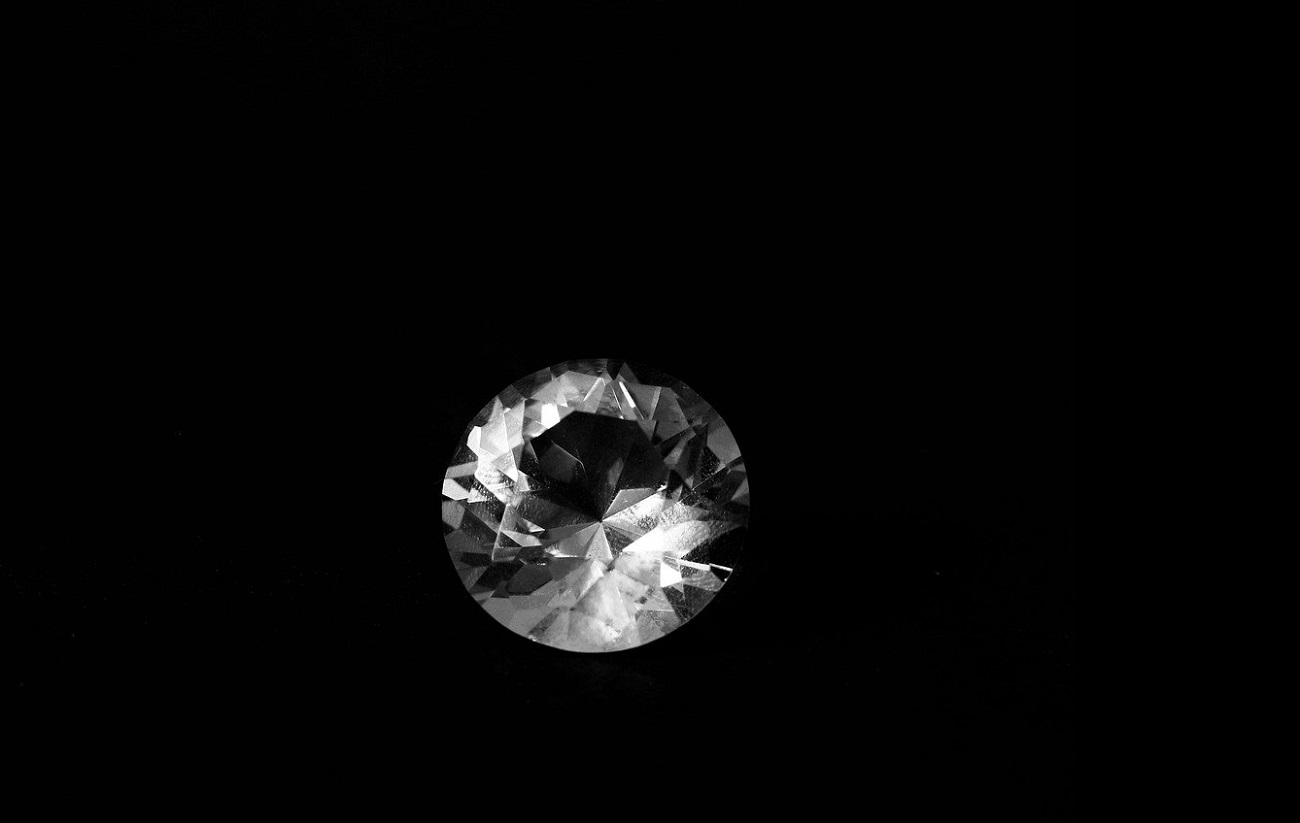Efforts have been made in this regard by the authors of the publication published in Proceedings of the National Academy of Sciences. To explain the structural dynamics of crystalline materials, they decided to use high-resolution observations and the benefits of X-rays.
Read also: The boson-fermion quantum engine is taking the world of science by storm. What is this technology?
The problem with different types of materials, such as metals or ceramics, relates to the difficulty of modeling them. Therefore, scientists need to use tricks to change this. Members of the team behind the achievements described in the title made observations at a resolution of 100 nm.
A separate challenge has been the time scale of changes that occur in such materials. Therefore, it was necessary to deal with the influence of external factors on the crystal, for example in the form of heat or electricity. These changes are difficult to measure because they can occur in micro, pico, and even nanoseconds.
When sound waves pass through matter, they take less than a millisecond. Thanks to the joint efforts of researchers from the United States and Denmark, it was possible to immortalize the spread of these waves. It happened in a one-millimeter-thick diamond. As one of the authors, Henning Friis Poulsen, explains, the method used by team members is unique because it is quick and non-invasive. Furthermore, it can be applied to many different crystals.
Sound waves propagating in the crystal allow a better understanding of its structure
Particularly striking are the conditions in which the equipment necessary to carry out the observations was designed. For this purpose, the researchers used an X-ray laser 3 kilometers long, with a microscope at the end. It sounds completely comical: a device several kilometers long was used to examine a sample a millimeter in diameter. All this in order to observe a propagating sound wave that lasts for a millionth of a second.
Read also: There is no antigravity. Scientists examined how antimatter behaves
Eventually, three different recordings appeared online. Of course, you can admire them here. However, the parties themselves stress that their approach will be highly universal and should be useful in the context of studying a wide range of ultrafast structural phenomena that have so far remained elusive. When it comes to potential applications of this method, we are talking about, among others, solid state physics, materials science and geoscience. Interestingly, to successfully create the above-mentioned recordings, scientists used a single pulse of X-rays with a length of less than a thousandth of a nanosecond. Until now, the limit for researchers has been the microsecond scale. Now we just have to wait for the practical benefits of this breakthrough.

Echo Richards embodies a personality that is a delightful contradiction: a humble musicaholic who never brags about her expansive knowledge of both classic and contemporary tunes. Infuriatingly modest, one would never know from a mere conversation how deeply entrenched she is in the world of music. This passion seamlessly translates into her problem-solving skills, with Echo often drawing inspiration from melodies and rhythms. A voracious reader, she dives deep into literature, using stories to influence her own hardcore writing. Her spirited advocacy for alcohol isn’t about mere indulgence, but about celebrating life’s poignant moments.








